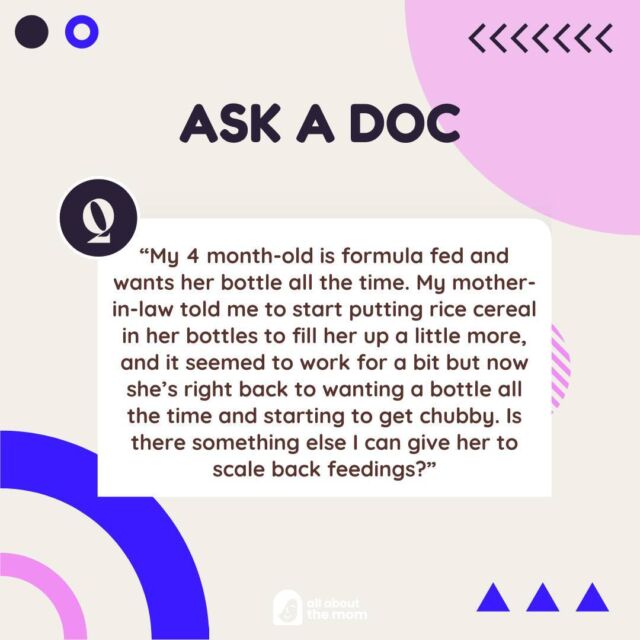“The dinner and bedtime routine causes so much anxiety for my husband and me. We have bath time and story time before bed, but our kids still get louder and more hyper as we try to put them down. How can we get our kids to stay calm and quiet and enjoy the process of going to sleep?”
There are two things going on at dinner and bedtime:
- the caregiving tasks involved (feeding our children, getting their teeth and bodies clean, dressing them in pyjamas etc.)
but, perhaps more importantly, there’s the second piece,
- Emotionally and physiologically preparing our child for sleep.
What does that mean? Supporting our child to feel regulated enough to happily drift off to sleep.
For children, bedtime is a significant separation in their day, and young children often perceive separation as a threat. This is a tricky one for parents to wrap their heads around because we “know” that our child is tucked up in bed safely while we go about our evening downstairs. But to children, “separation alarm” can result in dysregulated behaviours at bedtime that are designed to keep caregivers close. Calling us up because they want water, suddenly needing the toilet, wanting another bedtime cuddle… this is the attachment system in action.
My personal preference is to make bedtimes a time of deep connection with our young children if possible. Lovingly meeting their physical needs through our caregiving, and then remaining close and connected while our children fall asleep. This isn’t everyone’s preference and for some families, circumstances won’t allow it, so then what can we do?
We can meet our children’s need for connection before bedtime. Trying to find 15 or 20 minutes of time to focus on our child after school and before they go to bed. Immersing ourselves in their world through play or reading books. Filling up their emotional cup. And, we can use little tricks to help them feel their connection to us during bedtime. Things like the Game of Hearts:
- Game of hearts. Give your child a paper heart to place beside their bed at bedtime. Tell them every time you check on them you will bring another heart. After your child is asleep, sneak in and leave a collection of paper hearts beside and around your child’s bed. In the morning, playfully count them together and talk about how you are always nearby and always checking that your little one is warm and safe while they sleep.
And there are other things we can experiment with like:
- Getting the timing of bedtime right. Too late and a child may become dysregulated, too early and there may not be enough sleep pressure resulting in a protracted sleep onset and long, drawn out and frustrating bedtimes.
- Some children will actually need to release some of their built-up energy or emotions through playfulness or silliness before They may need to jump around, bounce on a trampoline, swing on a swing-set, or play chasies in the evening before the more calming routines begin.
- We can experiment with adding-in calming activities to the evening like listening to guided relaxation for kids, adding in some yoga after bath, or a deep-pressure massage before stories.
I hope this gives you some ideas to try in your family.

















